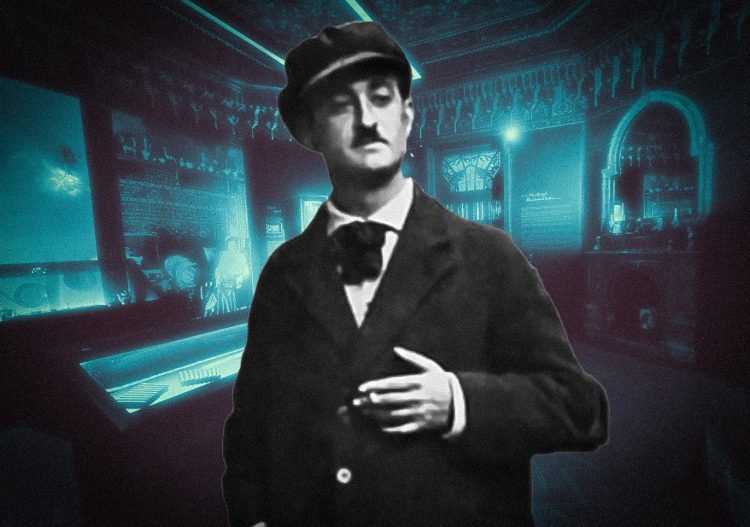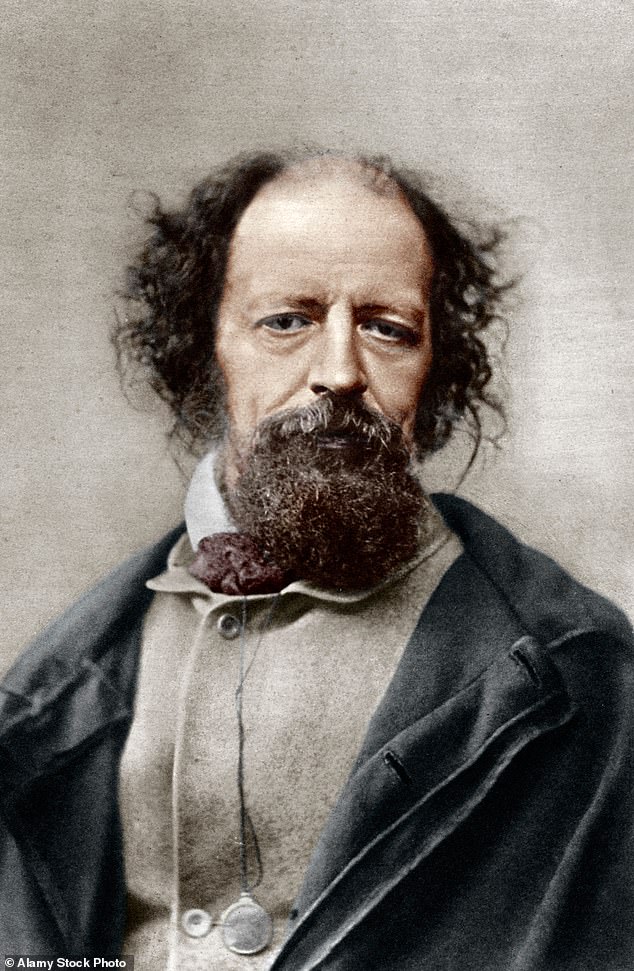Today on My Poetic Side, we look at the exhibition that remembers a Georgian poet and the inclusion of Alfred Lord Tennyson on a list of notable LGBT figures.
Exhibition to Remember Georgian Poet
 A new exhibition has opened up in the Georgian capital, which commemorates the poet Paolo Iashvili, a prolific writer who, during the Stalinist purge, took his own life.
A new exhibition has opened up in the Georgian capital, which commemorates the poet Paolo Iashvili, a prolific writer who, during the Stalinist purge, took his own life.
The exhibition is titled “Museum of Repressed Writers” and has recently opened in Tbilisi with the aim of drawing attention to a particularly dramatic time in the history of the country. In the short time since the exhibition opened, the curators say that they have been astonished to discover just how many of the schoolchildren who have visited did not know that many of their favourite poets had, in fact been murdered during the Bolshevik regime.
Iashvili was one of the leaders of the Georgian symbolist poets, a group called the Blue Horns. They were visited by many other famous writers, including the Russian Boris Pasternack, who had at the time been expelled from the USSR over comments he had made about the October Revolution. Pasternak described Iashvili as engaging and brilliant.
The heyday for the group came during the period 1918 to 1921, which fell during the short time of Georgia’s independent First Republic. From 1921 onwards, the Soviet forces declared that the writers had a subordinate artistic impulse and were on a revolutionary mission. They also warned them that their behaviour would be answered with a bullet. This forced many of them to remain silent. However, there were others who didn’t, and they, along with Iashvili, are the subject of this new exhibition.
The centrepiece of the exhibition is three letters. One of these was written to the poet Titsian Tabidze by Pasternak on hearing the news of Iashvili’s death. Ten short weeks later, Tabidze was also killed.
Outrage as Tennyson Included in List of Notable LGBT Individuals

The inclusion of the poet Alfred Lord Tennyson on the list of notable LGBT individuals for a school trail of historical figures in the Isle of Wight has caused something of an outrage.
The poet who lived on the Isle of Wight was married with children. The group behind his inclusion on the list, Out On An Island, say that they included the poet as a result of his close friendship with the poet Arthur Henry Hallam. There has never been any evidence found, however to indicate that the pair were in a homosexual relationship.
Tennyson was married for 42 years and had two children. Hallam was engaged to Emilia Tennyson, the poet’s sister, prior to his death in 1833.
Farringford House, where the family lived, has been included on the trail, with the guide for the trail stating: ‘To acknowledge LGBTQ+ stories from the past builds a fuller, more fascinating picture of how our society and historical places have been used and shaped by their owners and occupants.” They have stated that their inclusion of Tennyson on the list is “queering” meaning that they are embracing the potential of those historical figures whose lives may have been different to what they portrayed.


You must register to comment. Log in or Register.